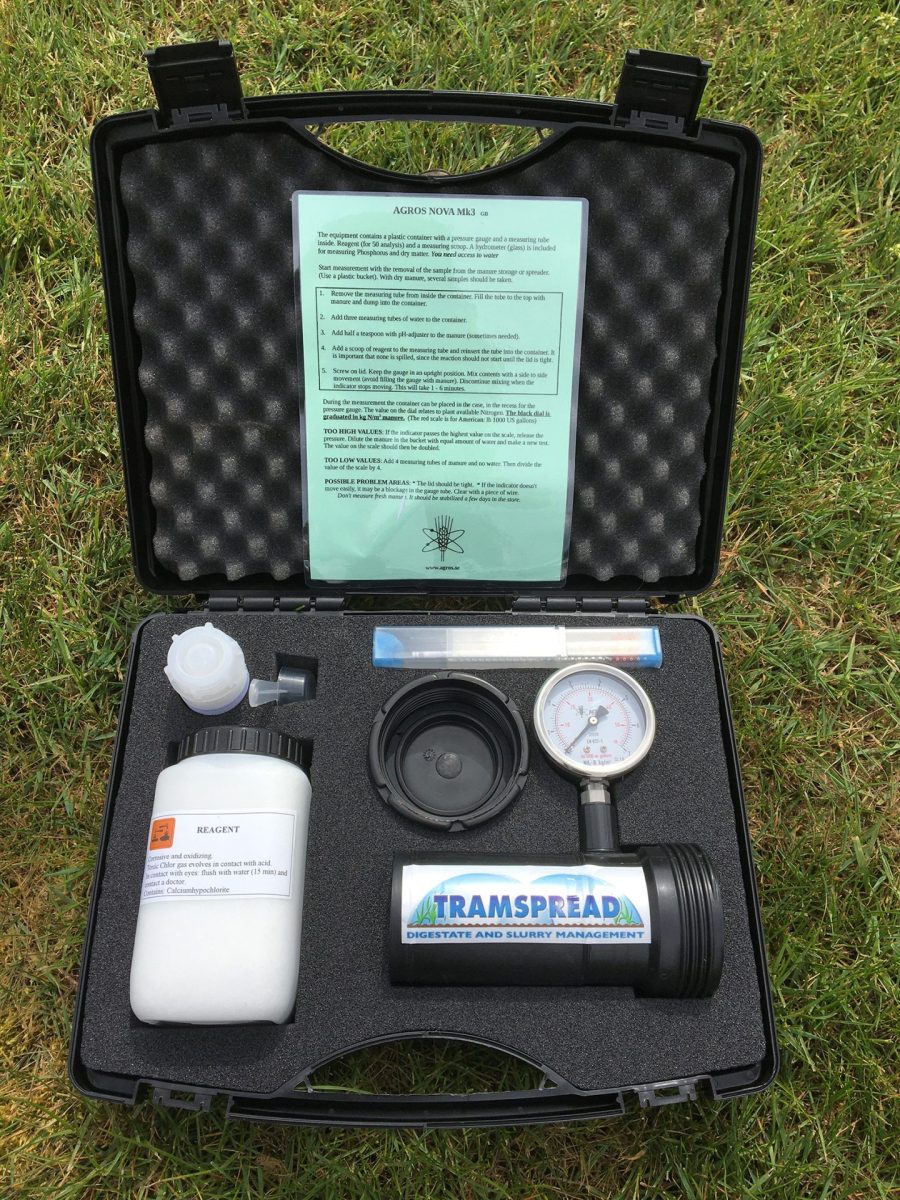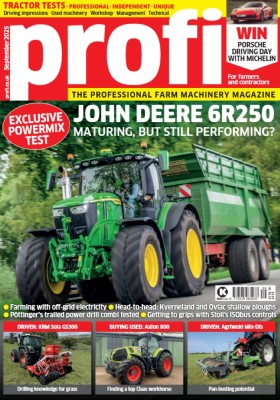Tramspread is urging farmers to test their slurry to know its nutrient value, and they just so happen to have a kit for that very task.
“If you don’t know the nutrient value of your slurry and the rate it is being spread at then the financial savings and crop benefits are guesswork,” says Terry Baker of Tramspread.
The firm points out that farmers can save up to £265/ha in fertiliser, but you need to know the nutrient value of the slurry. The Agros Nove Mark Three testing kit costs £425 and can be used to test slurry and manure to show the amount of plant available nitrogen in five minutes. Once you know the nutrient value it is then possible to calculate the volume of slurry, but Mr Baker adds you then need a flow meter to spread accurately.
The Tramsrpead ISObus compatible flow meter costs £3,740. It can be connected to a GPS unit and you can adjust the application rate from the tractor seat.
“Combining field maps, choosing the application rate and recording the amount of slurry applied will give the operator an accurate report of the amount of slurry applied per hectare,” says Mr Baker. When this technology is coupled with accurately tested slurry it also offers farmers a way to measure the cost benefit of slurry application to the farm.
“Calculating the available nitrogen, phosphate and potash (N, P and K) of slurry can save significant sums of money. ADAS soil scientist John Williams has used the RB209 guide to equate this to between £215 and £265/ha, based on a season’s application of 95m3/ha of cattle slurry,” says Mr Baker. “Slurry is one of the most undervalued resources farmers have. If stored, tested and applied carefully with attention to nutrient value, slurry offers significant savings and environmental benefits.”






